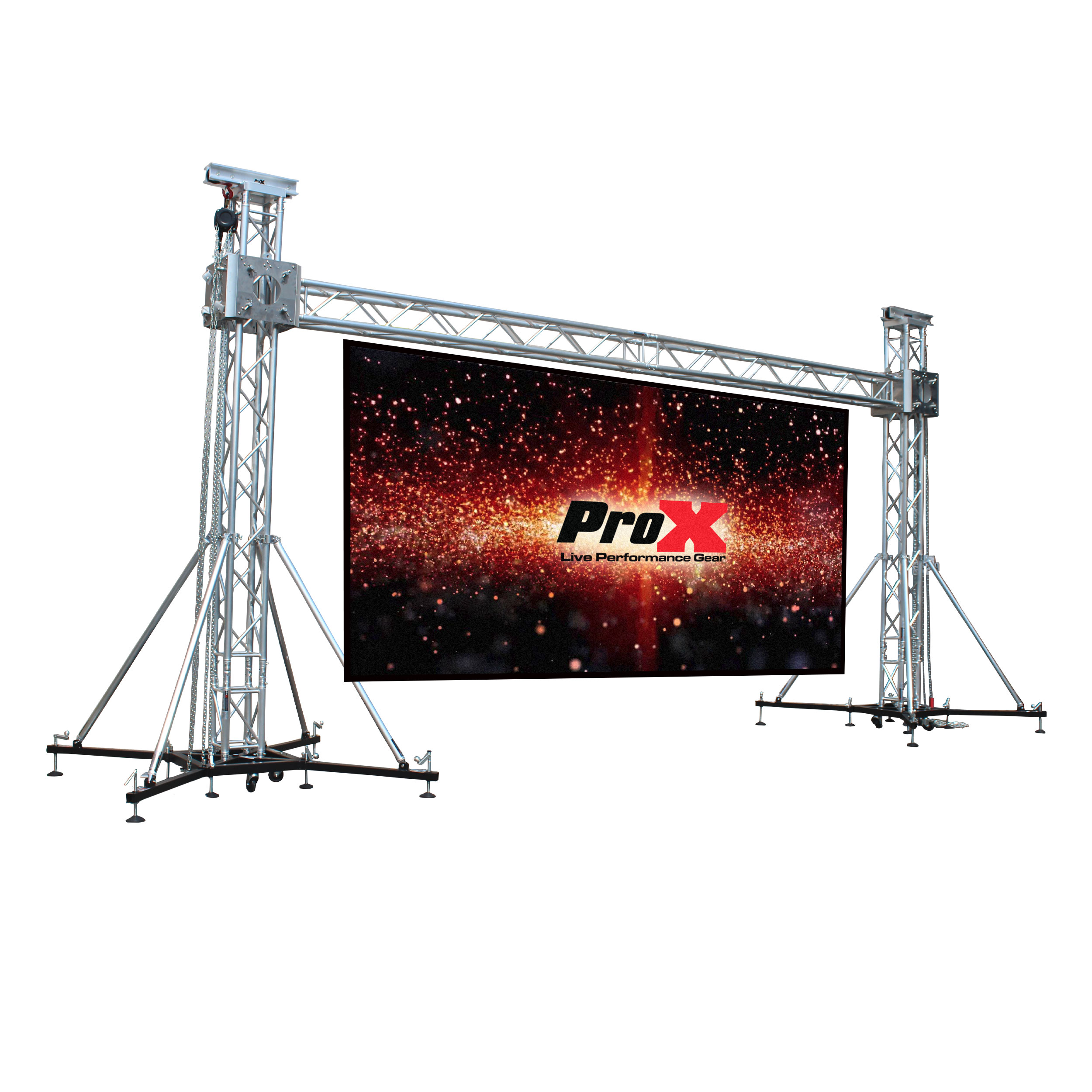Exploring the Longevity of LED Display Panels in Contrast to Traditional Screen Methods
Exploring the Longevity of LED Display Panels in Contrast to Traditional Screen Methods
Blog Article
LED wall screens have grown increasingly popular in recent times, particularly in settings like schools, corporate spaces, and community areas. These panels use light-emitting lights (LEDs) to create bright and vibrant visuals. One of the most significant benefits of LED technology is its durability compared to traditional screen methods, such as CRT ray monitors (CRTs) and liquid crystal screens. Grasping the differences in lifespan and performance between these options can assist consumers make knowledgeable decisions about their display needs.
Traditional display technologies, like CRTs, have been present for many decades. They were frequently used in televisions and PC monitors. However, CRTs have a limited lifespan, typically lasting around 10,000 to 20,000 hrs of operation. This means that after a few of years, consumers may notice a deterioration in image quality, such as fading or hue distortion. In contrast, LED panel panels can last considerably longer, often exceeding 50,000 hrs. This extended lifespan means that consumers can experience consistent performance without the requirement for frequent replacements.
Another crucial aspect to consider is energy conservation. LED panel screens consume less energy than conventional displays, which not only helps the ecosystem but also lowers electricity costs. For instance, while a CRT screen may use around 100 W of power, an LED screen can use as little as 30 to 50 watts. This difference in power usage contributes to the overall durability of LED technology, as lower energy consumption generates less that site heat. Excess heat can damage electronic parts, resulting to a reduced duration for conventional screens.
In furthermore to their longer lifespan and power conservation, LED wall panels also offer superior visual quality. They offer brighter colors and better differentiation, making them perfect for multiple applications, from advertising to learning displays. The innovation behind LED panels allows for a wider sight angle, meaning that images remain clear and lively even when seen from the side. This is a significant advantage over conventional screens, which frequently suffer from color distortion and diminished luminosity at broader perspectives.
In conclusion, the durability of LED panel panels compared to traditional screen methods is a key factor for consumers to consider. With lifespans that can surpass 50,000 hrs, power conservation, and enhanced visual clarity, LED technology provides many advantages. As innovation continues to progress, LED wall panels are likely to become even more common in multiple environments. Grasping these distinctions can assist individuals and organizations make improved decisions when investing in display technology, guaranteeing they get the optimal value for their needs.